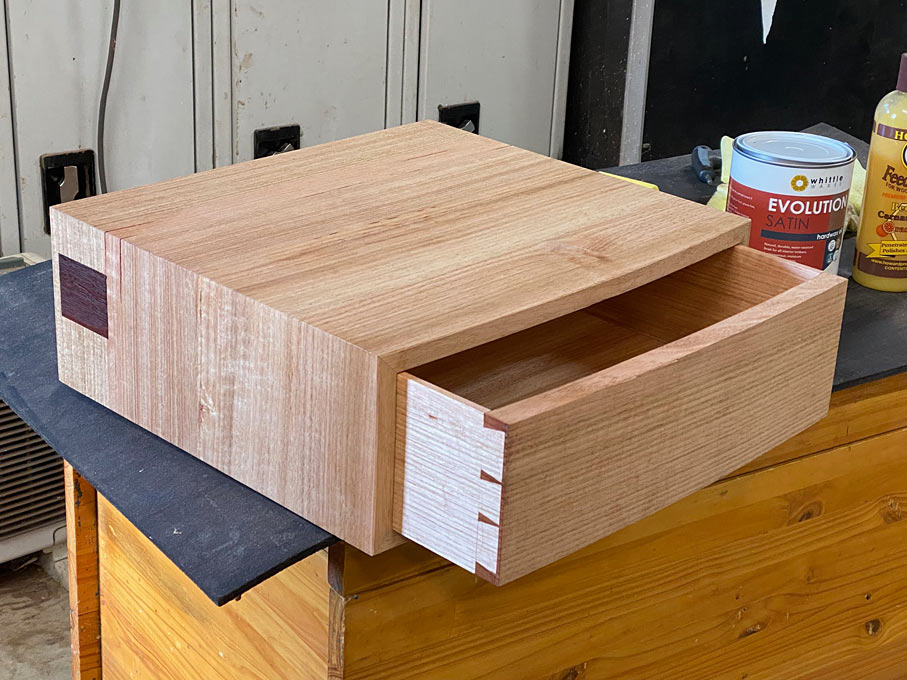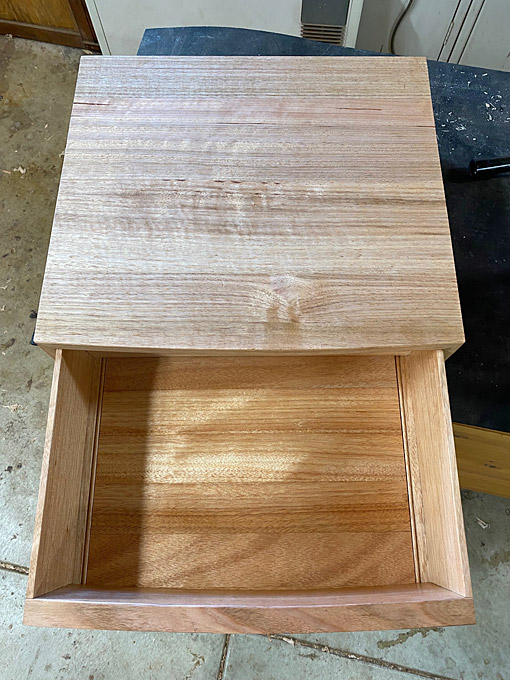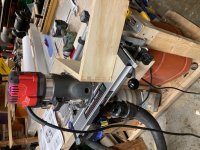jordanrossbell
Member
- Joined
- Feb 15, 2021
- Messages
- 22
I want to get into making dovetails for my cabinet drawers. I have a few projects coming up and i would like to have this feature in my builds. I will be very new at this so user friendly is key. I have researched and found Leigh and Porter Cable to be the most widely used that I can find. I am looking at the D4 Pro and the RTJ 400. Obviously the latter is used on my router table. The width of cut is 16 inches on the RTJ400 which may limit me in the future if i want to make cabinets with dovetail joints on the carcass. It appears to be a no hassle way of doing smaller drawers though.
Leigh D4 Pro vs Porter Cable. I would assume that the Leigh is better quality. The videos ive been watching appears to tout the adjustability of the Leigh. That honestly will probably be a draw back for me. I want uniformity in my spacing and i cant imagine wanting to make it offset of each other. I like that the Porter cable will cut the pins and tails with one pass.
With all that said, what jig would you guys recommend that will give good results and is user friendly for a first time user.
Leigh D4 Pro vs Porter Cable. I would assume that the Leigh is better quality. The videos ive been watching appears to tout the adjustability of the Leigh. That honestly will probably be a draw back for me. I want uniformity in my spacing and i cant imagine wanting to make it offset of each other. I like that the Porter cable will cut the pins and tails with one pass.
With all that said, what jig would you guys recommend that will give good results and is user friendly for a first time user.






